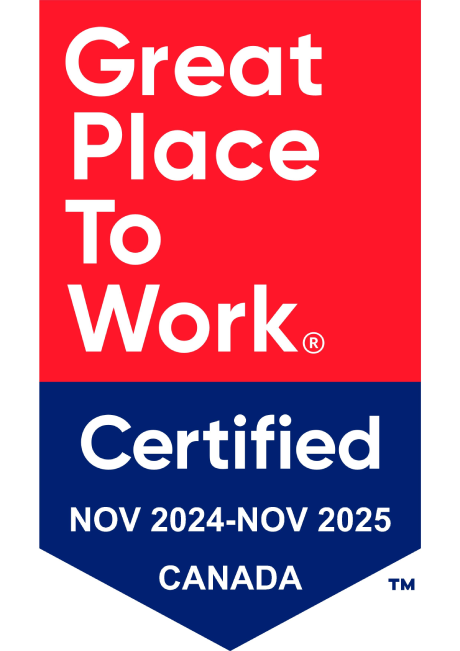The Importance of Alt Text for SEO: An Underestimated Lever

SEO optimization goes far beyond title tags or keywords within the text of a page. Images also play a fundamental role in how search engines perceive your website, and one of the key elements to optimize is the Alt attribute. In this article, we’ll explore why Alt text is essential to your SEO strategy and how to use it correctly.
1. What Is the Alt Attribute?
The Alt attribute (short for “alternative text”) is a text description embedded in the HTML code of an image. This description is typically not visible on-screen to a sighted user, but it is interpreted by:
- Search engines, which use it to understand the content of the image.
- Screen readers, which help visually impaired users navigate the internet.
- Browsers when they can’t display the image (for instance, due to a poor internet connection).
In other words, the Alt attribute has two main functions: accessibility and SEO.
2. Why Are Alt Attributes So Important for SEO?
- Better Understanding by Search Engines
Google and other search engine crawlers don’t “see” images the way humans do. To identify an image’s subject, they rely on its file name, the surrounding page content, and—most importantly—the Alt attribute. Including relevant keywords and a concise, accurate description helps Google index your images and, by extension, better understand the theme of your page. - Potential to Appear in Google Images
When users search through Google Images, the results are partly determined by the Alt attributes. If you take care to write strong Alt descriptions, you’ll improve your chances of ranking well and attracting additional traffic via image searches. - Positive Impact on User Experience
Though this is an indirect SEO advantage, a good user experience still matters for your overall ranking. Properly described images encourage visually impaired visitors to stay longer, interact with your content, and return to your site. Google values websites that offer an inclusive experience for all users.
3. Basic Guidelines for Writing Good Alt Text
- Be Descriptive and Relevant
Clearly describe what appears in the image. For instance, if it’s a photo of a red apple, avoid vague text like “fruit” and opt for “red apple on a table.” - Don’t Overuse Keywords
Keyword stuffing is penalized by search engines. Avoid repeating the same phrase repeatedly and aim for a natural, concise description. - Keep It Brief
There’s no need to write full paragraphs. A simple, straightforward description that search engine bots and screen readers can quickly understand is best. - Don’t Copy the Page Title
The Alt attribute should be specific to the image. Repeating your article’s title doesn’t add any value for Google or for the user. - Use Relevant Keywords
Inserting a relevant keyword related to your page’s topic can be helpful, provided it accurately describes what the image represents.
4. Concrete Example
- Image: A photo of a cup of coffee surrounded by cookies.
- Recommended Description: Cup of black coffee with chocolate cookies on a table
- Poor Descriptions:
- Coffee cookies sweet beverage treat (a random list of keywords without coherence)
- cup-of-coffee.jpg (file name as Alt text, too vague and not descriptive)
In the recommended description, a screen reader can precisely announce that it’s a cup of black coffee with chocolate cookies, and Google has enough information to understand the image content.
5. Common Mistakes to Avoid
- Leaving the Alt Attribute Empty
Image tags without Alt text miss an SEO opportunity and harm your website’s accessibility. - Using “Marketing” Phrases
Alt text must describe the image, not promote your product or service. - Duplicating the Same Description
Every image is unique. Even if images look similar, you can add subtle variations to reflect the actual content of each one.
6. Impact on Overall SEO Strategy
Optimizing your Alt attributes is part of a broader SEO strategy. By making your images more readable to search engines, you:
- Strengthen the semantic context of the page.
- Gain additional traffic from Google Images.
- Improve user satisfaction for those relying on screen readers.
Optimized Alt text contributes to the consistency of your content while highlighting your commitment to accessibility and digital inclusion.
A Small Detail That Makes a Big Difference
Alt attributes are far more than a few lines of code attached to your images. They form an essential bridge between your visual content, your audience, and search engines. By writing relevant, precise, and accessible Alt text, you’ll give your site a competitive edge—in terms of both rankings and user experience.
Looking for help to optimize your SEO?
Reach out to the local Canadian SEO team at Vortex Solution. With our expertise and in-depth knowledge of the market, we can help you effectively optimize every aspect of your SEO strategy—including your Alt attributes—and maximize your online visibility.



